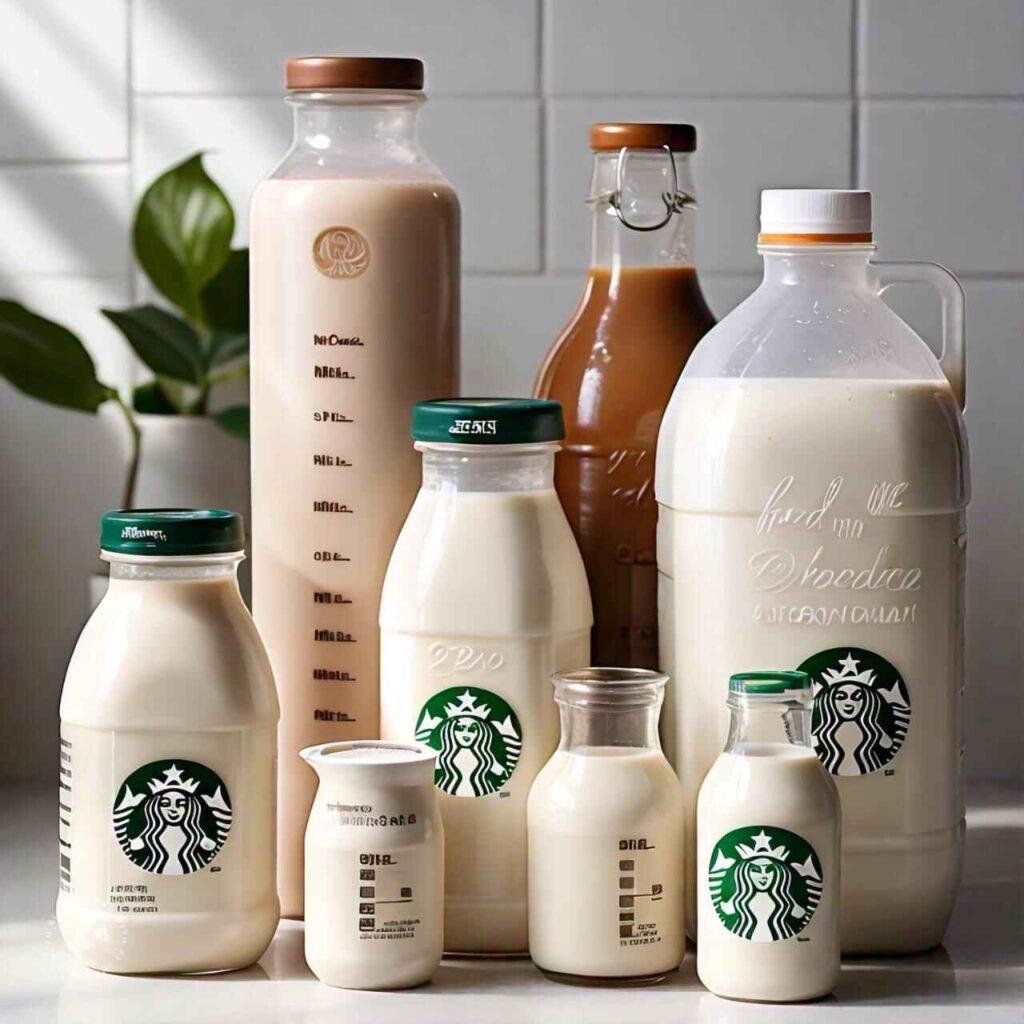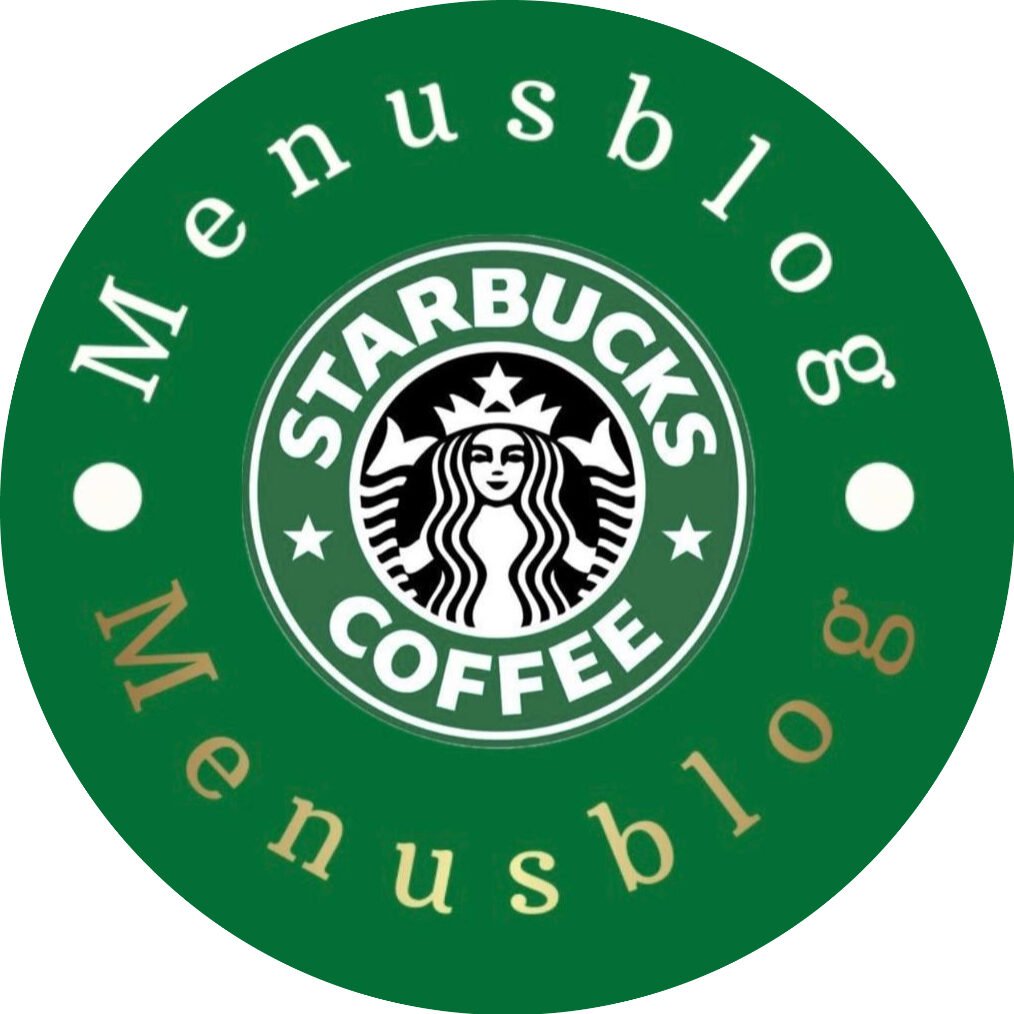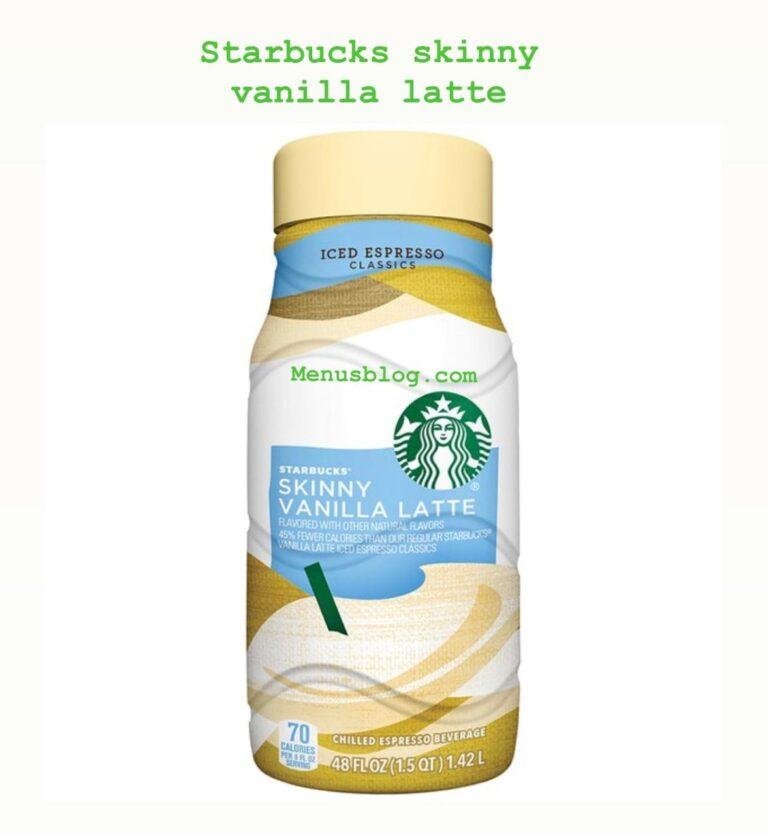Exploring Starbucks Milk Option – Calories, Nutirion and much more
Table of Contents
As a self-proclaimed coffee connoisseur, I’ve spent countless hours exploring the vast menu at my local Starbucks. From the classic Pike Place roast to the latest seasonal offerings, I’ve tasted my fair share of brews. But one aspect of the Starbucks experience that has always fascinated me is the wide array of milk options available. And here I am to educate you about Starbucks milk options.
In today’s world of dietary preferences and health-conscious consumers, the choice of milk can make or break a coffee shop experience. Starbucks has recognized this, and they’ve gone to great lengths to cater to the diverse needs and tastes of their customers. In this article, we’ll dive deep into the different milk options available at Starbucks, exploring the pros and cons of each, as well as sharing my personal experiences and reviews.

The Calorie and Fat Content
This table provides an overview of the milk options available at Starbucks, including dairy and plant-based varieties. It also includes the approximate calories per ounce (fluid ounce) for each milk.
This information can be helpful for customers who are trying to make more health-conscious choices or manage their dietary needs when ordering Starbucks beverages
| Milk Option | Dairy/Plant-Based | Calories per Ounce | Notes |
| Whole Milk | Dairy | 14 | Contains the highest fat content of all Starbucks milk options, resulting in a rich and creamy texture. |
| 2% Milk (Reduced Fat) | Dairy | 12 | The default milk used in most Starbucks beverages. Offers a good balance of creaminess and calorie content. |
| Nonfat Milk (Skim Milk) | Dairy | 80 | Lowest calorie dairy milk option. May have a thinner texture compared to whole or 2% milk. |
| Half and Half | Dairy | 36 | Equal parts whole milk and heavy cream. Significantly thicker than milk and higher in calories. Ideal for drip coffee or cold brew. |
| Heavy Cream | Dairy | 50 | Thickest and highest calorie dairy milk option. Often used for topping beverages or creating extra froth. |
| Vanilla Sweet Cream | Dairy | (No information readily available) | Contains vanilla syrup and is thicker than milk. Not available for adding to all beverages. |
| Soy Milk | Plant-Based | 30 | A good source of protein and may be suitable for those with lactose intolerance. |
| Coconut Milk | Plant-Based | 50 | Thicker consistency than most plant-based milks. May have a distinct coconut flavor. |
| Almond Milk | Plant-Based | 30 | Popular choice for its nutty flavor and lower calorie content. |
| Oat Milk | Plant-Based | 120 | Creamy texture and slightly sweet flavor. Higher in calories than some other plant-based milks. |
Please note: Calorie information is approximate and may vary slightly depending on the specific brand used by Starbucks.
Dairy milk options at Starbucks
Whole milk:
Whole milk is a full-fat milk with a fat content of 3.25% by weight. Known for being rich and creamy, it makes drinks taste delicious. Because it’s thick and full-bodied, whole milk is the standard type used in Starbucks’ blended Frappuccinos and flat white.
Pros:
- Provides a rich and creamy texture that enhances drink flavor.
- Versatile for various Starbucks beverages like Frappuccinos and flat whites.
- Nutrient-rich, offering essential vitamins and minerals.
Cons:
- High fat content, unsuitable for low-fat diets.
- Calorie-dense, potentially contributing to weight gain.
- Contains lactose, problematic for those with lactose intolerance.
2% milk
Starbucks uses 2% milk as its default milk in most menu items. Any drink made with milk will typically feature 2%, unless otherwise specified. This reduced fat milk retains some good flavor from the fat but is lighter than whole milk. Its versatile nature makes it suitable for both hot and iced drinks.
Pros:
- Retains good flavor while being lighter than whole milk.
- Versatile for both hot and iced drinks.
Cons:
- Contains moderate fat content, not ideal for low-fat diets.
- Unsuitable for those with lactose intolerance.
Nonfat milk
Nonfat milk, also known as skim milk, has all its fat removed. It is the lightest in consistency and has a mild flavor, but it still foams well and tastes great in lattes and other hot drinks. When ordering a skinny drink at Starbucks, nonfat milk will be used.
Pros :
- Lightest in consistency, making it easy to blend in drinks.
- Foams well, ideal for lattes and other hot drinks.
- Contains no fat, suitable for low-fat diets.
Cons:
- Mild flavor, which might be less appealing to some.
- Lacks the creaminess of higher fat milk options.
- Not suitable for those with lactose intolerance.
Half and half
Half and half, also known as breve, is a mix of heavy cream and whole milk. At Starbucks, it is often referred to simply as cream. Being heavier than whole, 2%, or nonfat milk, half-and-half is not ideal for lattes or espresso drinks. However, its rich consistency makes it perfect as an add-in for drip coffee, iced coffee, and cold brew.
Pros:
- Provides a rich, creamy texture.
- Ideal for enhancing the flavor of drip coffee, iced coffee, and cold brew.
- Adds a luxurious mouthfeel to beverages.
Cons:
- Higher in fat content compared to other milk options.
- Not suitable for lattes or espresso drinks due to its heaviness.
- Unsuitable for those with lactose intolerance.

Heavy cream
Heavy cream is the heaviest milk option available at Starbucks. Made from the fat removed from milk, it is used to create the sweet whipped cream in many signature drinks. For those looking to customize their drinks with something extra thick, rich, and creamy, heavy cream is an excellent choice.
Pros:
- Provides an extra thick and rich texture.
- Adds a luxurious and creamy mouthfeel to drinks.
- Ideal for making sweet whipped cream for signature drinks.
Cons:
- Extremely high in fat content.
- Can be overpowering and too rich for some beverages.
- Unsuitable for those with lactose intolerance.
Vanilla sweet cream
To make their vanilla sweet cream, Starbucks blends heavy cream and 2% milk with vanilla simple syrup. This sweetener is used in drinks like cold brew and iced coffee to add flavor and creaminess.
Pros:
- Adds a delightful vanilla flavor to drinks.
- Enhances creaminess in cold brew and iced coffee.
Cons:
- Contains added sugar, increasing calorie content.
- May be too sweet for those preferring less sugary drinks.
Almond milk:
When considering Starbucks milk options, almond milk stands out for its nutty undertones and refreshing taste. Despite its health benefits, almond milk lacks the creaminess needed for a rich latte experience.
Pro:
Almond milk is a fantastic plant-based option for those who are vegans or have dairy sensitivities. Its nutty undertone enhances the flavor of coffee, making it taste incredible.
Cons:
While almond milk is a popular choice, it can be watery, making a latte taste weaker than desired. Additionally, the almond taste may not complement some flavours.
Coconut Milk
Coconut milk was a new addition to my drink choices at Starbucks. Having enjoyed ice cream made from coconut milk, I had high hopes for its taste in beverages. The first time I tried it, the flavor was indeed tasty and brought a unique twist to the drink. Its creamy texture and subtle sweetness make it a delightful option for those looking to try something different in their coffee.
Pros:
Coconut milk is a creamier alternative to almond milk, offering a unique sweet undertone. It’s an excellent replacement in desserts like ice cream. Incorporating it into a typically bitter latte not only adds a pleasant hint of sweetness but also enhances the overall flavor profile, making the drink more enjoyable and balanced for those who appreciate a touch of natural sweetness.
Cons:
- Coconut milk offers a unique sweetness but doesn’t complement every flavor.
- The sweetness can be overpowering in certain latte combinations.
- Although coconut milk is creamier than almond milk, it still falls short of the desired creaminess.
- Coconut milk is not as nutritious as almond milk or soy milk, making it a less healthy option.

Soy Milk
It’s true that old habits die hard. Soy milk remains my favorite dairy-free option at Starbucks. It’s highly adaptable and tastes great in every drink I’ve tried. Soy milk is significantly creamier than both almond and coconut milk, consistently delivering a rich latte experience.
Pros:
- Soy milk ensures that my drinks are always creamy and smooth.
- It tastes good with any flavour.
- Soy milk earns an A+ for being highly nutritious.
Cons:
Literally none.
Oat milk
Made from oats and water, oat milk is a popular milk alternative. Starbucks uses Oatly Barista Edition Oatmilk, which includes rapeseed oil and other added ingredients. Naturally sweeter and creamier, oat milk closely resembles dairy milk more than other plant-based options. It foams well and features in some of Starbucks signature drinks, like the Iced Brown Sugar Oat Milk Shaken Espresso.
Pros:
- Naturally sweeter and creamier, closely resembling dairy milk.
- Foams well, making it ideal for various coffee drinks.
Cons:
- Contains added ingredients like rapeseed oil.
- Higher in carbohydrates compared to some other plant-based milks.

Conclusion: Exploring the Starbucks Milk Option
Finally, the wide range of milk options at Starbucks is a faithful clue of the attention they pay to the varying requirements and preferences of their clients. Dairy menu comprises of the classics whole milk to the continuously broadening selection of plant-based alternatives, hence creating a perfect choice for different categories of the clients.
Specifically, I have noticed with compliment that it is a great joy for me to look into milk options and try how they can fortify the taste and the consistency of my favorite Starbucks drinks. It could be the satisfying velvety richness of creamy whole milk or the lighter, more refreshing tones of skimmed or almond milk that I fancy. But this unfailingly consistent coffee institution understands my milk preference and satisfactorily meets my expectations.
Furthermore, I am fascinated by that such kind of company like Starbucks takes up such serious issue as sustainability and environmental affliction by choosing the milk source and outlines of the products they offer. Engaging in ethical and eco-friendly enterprise is among the proofs that this company’s practices and value system reflect the desire to have a positive influence on the whole World.
Consequently, I would request that you try all the milk alternatives next time you visit your Starbucks notwithstanding the conclusion that they may seem unsure. Whether it is finding the most suitable match for our personal tastes or inventing something new for the benefit of others, we will learn about it during the coffee and art workshop. Above all, it is the joy of experimentation that makes coffee magnificent as every sip sets in a new flavor discovery.
FAQs
What type of milk does Starbucks have?
Starbucks offers various milk options, including whole milk, 2% milk, nonfat milk, soy milk, almond milk, coconut milk, oat milk, and heavy cream.
Which drink has the most milk at Starbucks?
The drink with the most milk at Starbucks is the Latte, which is made primarily with steamed milk and a small amount of espresso.
What is the almond milk at Starbucks?
Starbucks uses almond milk that is plant-based, lightly sweetened, and formulated to complement their beverages.
What is the best milk alternative for vanilla lattes?
Oat milk is considered the best alternative for vanilla lattes due to its creamy texture and subtle sweetness.
Which milk tastes best with coffee?
Whole milk is often preferred for coffee due to its rich, creamy texture and ability to balance the flavors.
Which milk is best for lattes?
Whole milk is the best for lattes because it provides a creamy texture and enhances the richness of the espresso.








One Comment